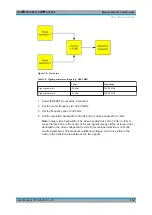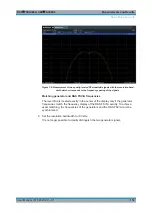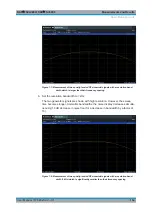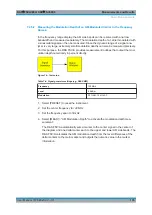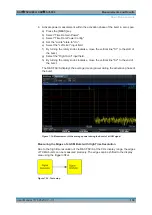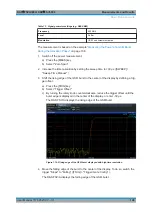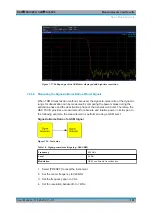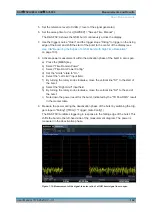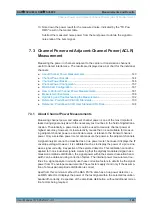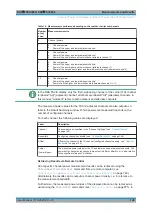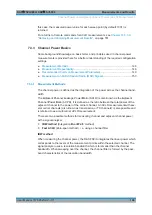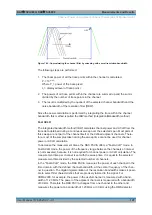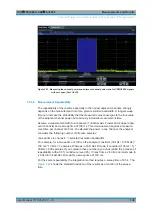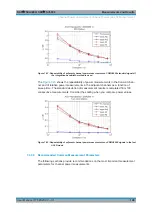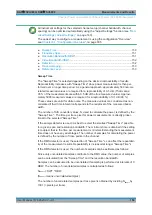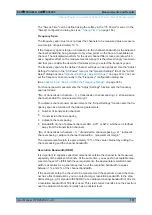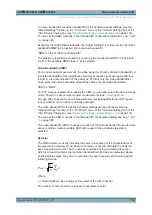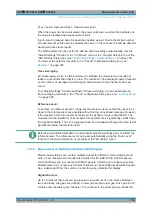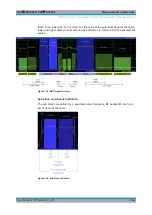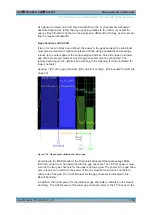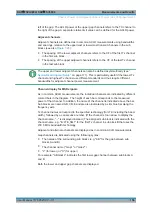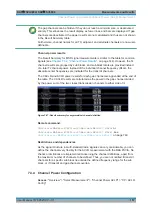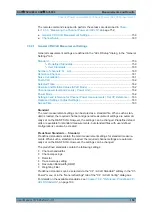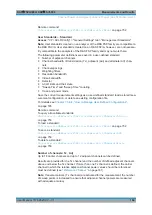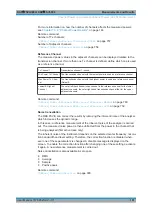
Measurements and Results
R&S
®
FSVA3000/ R&S
®
FSV3000
146
User Manual 1178.8520.02 ─ 01
this case, the measured power value for each sweep point (by default 1001) is
returned.
For a full list of remote commands for ACLR measurements, see
"Retrieving and Analyzing Measurement Results"
7.3.3
Channel Power Basics
Some background knowledge on basic terms and principles used in channel power
measurements is provided here for a better understanding of the required configuration
settings.
......................................................................................... 146
.................................................................................. 148
Recommended Common Measurement Parameters
............................................149
Measurement on Multi-Standard Radio (MSR) Signals
........................................ 153
7.3.3.1
Measurement Methods
The channel power is defined as the integration of the power across the channel band-
width.
The
A
djacent
C
hannel
L
eakage Power
R
atio (ACLR) is also known as the
A
djacent
C
hannel
P
ower
R
atio (ACPR). It is defined as the ratio between the total power of the
adjacent channel to the power of the carrier channel. An ACLR measurement with sev-
eral carrier channels (also known as transmission or TX channels) is also possible and
is referred to as a
multicarrier ACLR measurement
.
There are two possible methods for measuring channel and adjacent channel power
with a signal analyzer:
●
IBW method
(
I
ntegration
B
and
W
idth method)
●
Fast ACLR
(Zero-span method ), i.e. using a channel filter
IBW method
When measuring the channel power, the R&S
FSV/A integrates the linear power which
corresponds to the levels of the measurement points within the selected channel. The
signal analyzer uses a resolution bandwidth which is far smaller than the channel
bandwidth. When sweeping over the channel, the channel filter is formed by the pass-
band characteristics of the resolution bandwidth.
Channel Power and Adjacent-Channel Power (ACLR) Measurement

